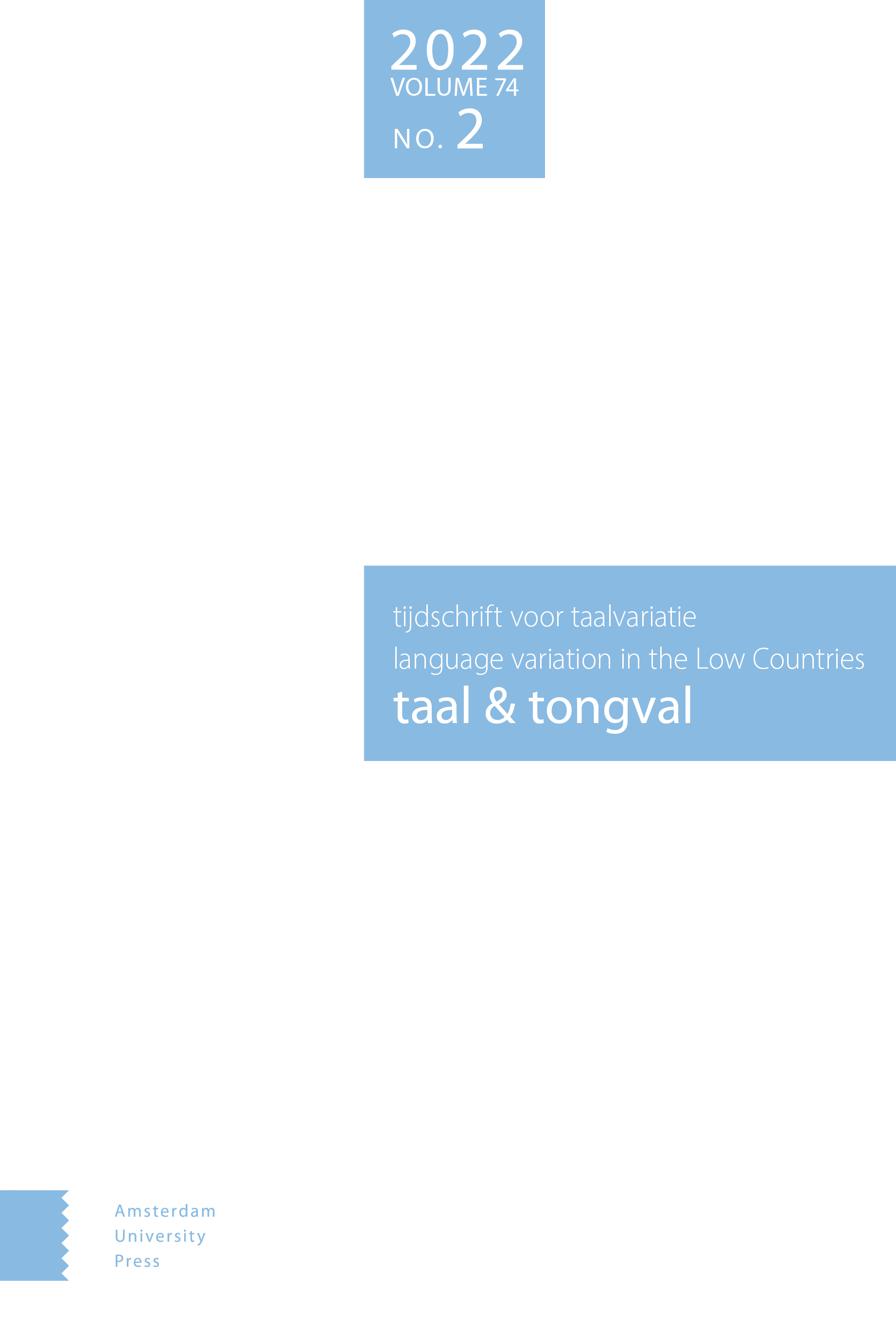-
oa Hoeven diachroon
- Amsterdam University Press
- Source: Taal en Tongval, Volume 70, Issue 1, Jul 2018, p. 17 - 46
-
- 01 Jul 2018
Abstract
The diachrony of Dutch hoeven ‘need’
This paper presents a diachronic investigation into the semantic and grammatical evolution of the Dutch negative polarity modal auxiliary hoeven (‘need’). The study is corpus-based, working with representative samples of occurrences of the verb and of its predecessor, the (originally) full verb behoeven (‘need’), from different stages of Dutch, from Old Dutch until today. It shows how, after the initiation of a tendency to auxiliarize in behoeven in Early New Dutch (which largely ends again after that period), the short form hoeven splits off from the latter in that same time period and takes the lead as the auxiliary variant from then onwards. It also reveals, however, that in the course of New Dutch hoeven starts to develop new autonomous uses, in a way comparable to what has happened in the other central modal auxiliaries in Dutch (a case of collective degrammaticalization). Moreover, it shows how, from its emergence onwards, this modal auxiliary develops a wide range of modal and related meanings in a very short time, no doubt due to a strive for (semantic) analogy with the other (and much older) central modals.


